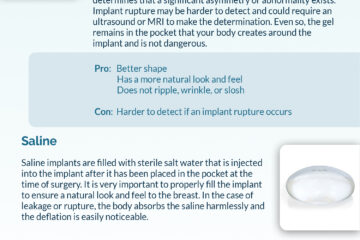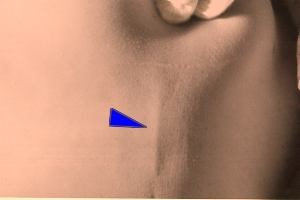
Like any cosmetic procedure or plastic surgery, the decision to opt for areola reduction is a personal one. Motivated by a variety of factors for both men and women, areola reduction is a procedure that minimizes the size of the areola or nipple; in some cases, both.
While some of our patients elect to have an areola reduction as part of a breast lift or breast reduction, some book an areola reduction exclusively.
What’s Involved with an Areola Reduction?
Fortunately, if you decide to minimize the size or shape of your areolas and are otherwise content with the appearance of your breasts, you can book an areola reduction on an outpatient basis. In this case, you’ll only need local anesthetic and someone to give you a ride home.
Whether you elect out-patient or prefer sedation at our surgical facility, the process itself takes about a half hour, and even less for a nipple reduction.
Dr. Sterling uses dissolvable sutures and will check the suture sites in one-two weeks following the procedure. You’ll also schedule a three-month postoperative follow up.
Who is Interested in Areola Reductions?
Both men and women book areola reductions for a variety of reasons. In both cases, areola reductions are often pursued after significant weight loss. Some men feel self-conscious about how their nipples might protrude through their shirts or how their nipples look if they decide to go shirtless, say at the beach.
For women, pregnancy and breastfeeding are two top reasons to pursue an areola reduction. The prenatal and postnatal changes that impact a woman’s body can include stretching of both the areola and nipples.
Younger patients who are worried about the appearance of their areolas — again, often after significant weight loss — are advised to wait until the breasts have finished growing. This typically occurs during the late teens and early 20s for women, while young men might be candidates a bit earlier.
Our patients who are considering areola reduction have presented concerns about the potential loss of feeling or sensitivity. There is no need to worry as an areola reduction does not impact the nerves as these are located much deeper in the breast tissue.
Scarring is another concern — one that patients worry about with any procedure. However, the location of the scar is naturally well-concealed, found right along the line between the areola and the skin on your breast. Within six to 12 months, the line will fade, imperceptible to anyone who doesn’t know it’s there in the first place.
If you’re considering an areola reduction, contact our office to book a consultation with Dr. Sterling!



0 Comments